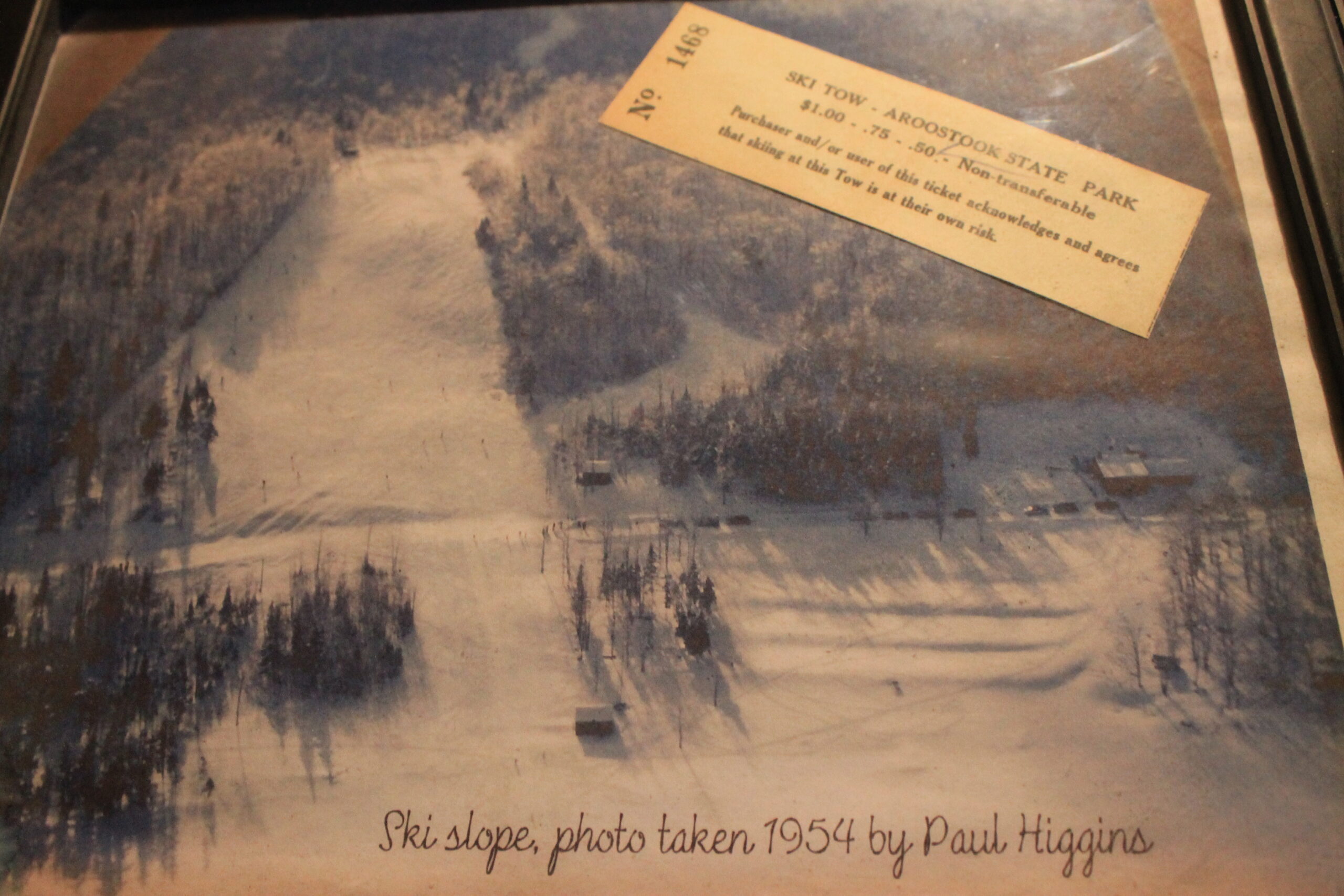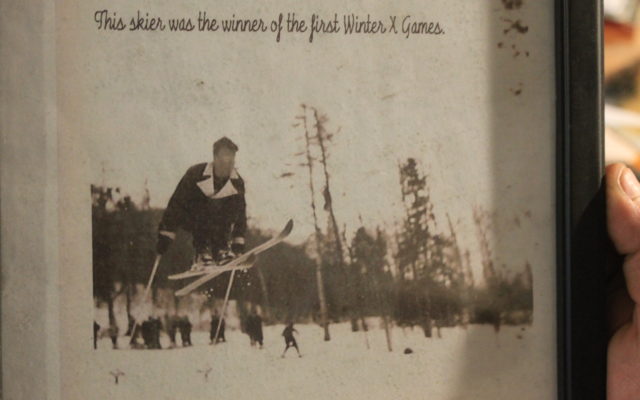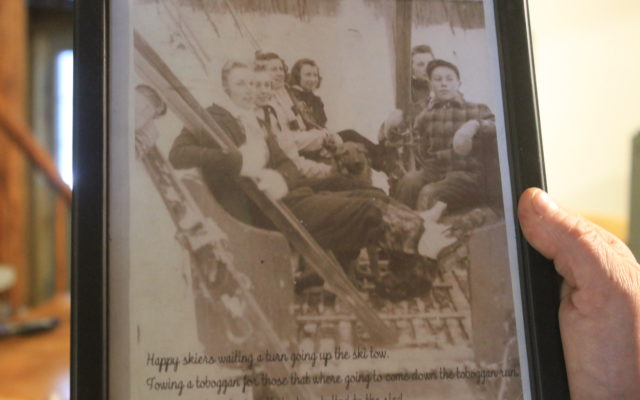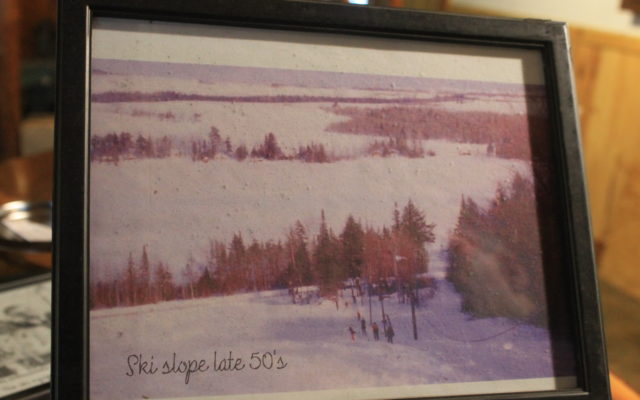
A century ago, winters in northern Maine were cold, long, and full of community celebrations and outdoor recreation.
“Back in the 20s, 30s outdoor recreation and skiing were an important part of getting out, socializing, getting through the long winters,” said Aroostook State Park Scott Thompson.
In the spring of 1939, Aroostook State Park officially opened as Maine’s first state park following the Presque Isle Merchants Association’s donation of 100 acres of land around Quoggy Jo Mountain and Echo Lake.
Turning this land into a park started with the business and community leaders looking to establish a regional park in Presque Isle offering outdoor activities year-round.
“The thought was to develop a winter recreation area that would be phenomenal,” Thompson. “They wanted to create a mecca here, and they started.”
Hiking and ski trails, a toboggan run and warming huts were built with the help of the federal Works Progress Administration, and by the 1940s, Aroostook State Park was attracting people year round.
Skiing in New England spread from Scandinavian immigrants, including the Swedes who settled in Aroostook County in the late 1800s. In the 1930s, skiing had become a family activity and serious sport, with events such as the 179 mile Bangor to Caribou ski marathons in 1936 and 1937.
“Cross country skiing was always popular. Then downhill skiing became popular,” Thompson said. “Every community had a ski area,” with hillsides turning into community ski slopes thanks to simple rope tows often powered by tractor wheels.
Caribou, Fort Fairfield and Presque Isle all had their own community ski hills, as did smaller towns like the former community of Sheridan near Ashland, Thompson said.
Soon after its opening, Aroostook State Park hosted a 2,700-foot long ski slope on the eastern slope of Quoggy Jo, as well as a wooden toboggan run.
The work on Aroostook State Park’s winter recreation infrastructure even included the start of construction on a 229 foot long ski jump that was never completed and would have been too dangerous to use, said Thompson. “Its engineering was not the best.”
With hiking trails, the lake, ski slope and toboggan run, Aroostook State Park was popular year round before and after World War II, hosting winter events and family outings. In the late 1940s, camping sites and a manager’s home were built.
Plans were in the works to expand the ski slope to higher terrain on Quoggy Jo Mountain, but the idea faded after what is now Aroostook County’s largest and tallest ski hill was proposed in Mars Hill.
“Toward the late 1950s, there was talk of Mars Hill building a ski center and at that point, the state said, ‘We’re done, we’re not going to go into competition with a private developer,’” Thompson said.
The Mars Hill Skiway, now Bigrock Mountain, opened in 1961, attracting skiers with a full ski lift and longer, higher slopes on more challenging terrain.
In the following decades, small community ski hills around the state faded away and closed as huge downhill ski centers like Sugarloaf and Sunday River opened and brought in skiers from metropolitan areas.
In Aroostook County, local downhill skiing continued to feature both Bigrock and the small community ski hills where young children and families could learn to ski. After the state park closed its ski hill amid Bigrock’s opening, the rope tow lines were moved to another Presque Isle hillside along the Fort Road where the Quoggy Jo Ski Center operates today and draws hundreds of youth skiers each winter.
While the state park lost a downhill ski slope, it developed a cross country ski trail system that today comprises 15 miles and stretches into lands adjacent to the park, including the tree farms of retiree Larry Park.
The park remains one of many areas in northern Maine to snowshoe and cross country ski. The most challenging ski trail, Quaggy Jo Mountain Trail, runs four miles clockwise around the mountain with the option to take a half-mile trail up the mountain’s north peak. After a snowstorm and before they are groomed, these trails offer excellent backcountry skiing.
Aroostook State Park used to bustle with visitors and campers during the peak of Loring Air Force Base, when civilian workers and service members came out in droves, Thompson said.
Thousands of people still come to the park year-round, though winter may be the best time for people who want to explore the mountain and surrounding lands in quiet and relative solitude, Thompson said.
“This was historically a huge place to come year-round. In the winter, you’d see 500 people come on the weekend,” Thompson said.
- Dale Morris, a retired University of Maine Presque Isle instructor, catches some air skiing as a youth at Aroostook State Park in this undated photo. Morris later noticed the photo of himself during a winter open house at Aroostook Park. (Courtesy of Aroostook State Park)
- Scott Thompson, Aroostook State Park manager, holds an undated photo of an unidentified group of skiers taking a ski tow up the slope at Quoggy Jo Mountain at Aroostook State Park when it hosted a downhill ski slope from the late 1930s to 1950s. (Courtesy of Aroostook State Park)
- The former ski slope at Aroostook State Park in the 1950s, looking east toward Echo Lake. (Courtesy of Aroostook State Park)










